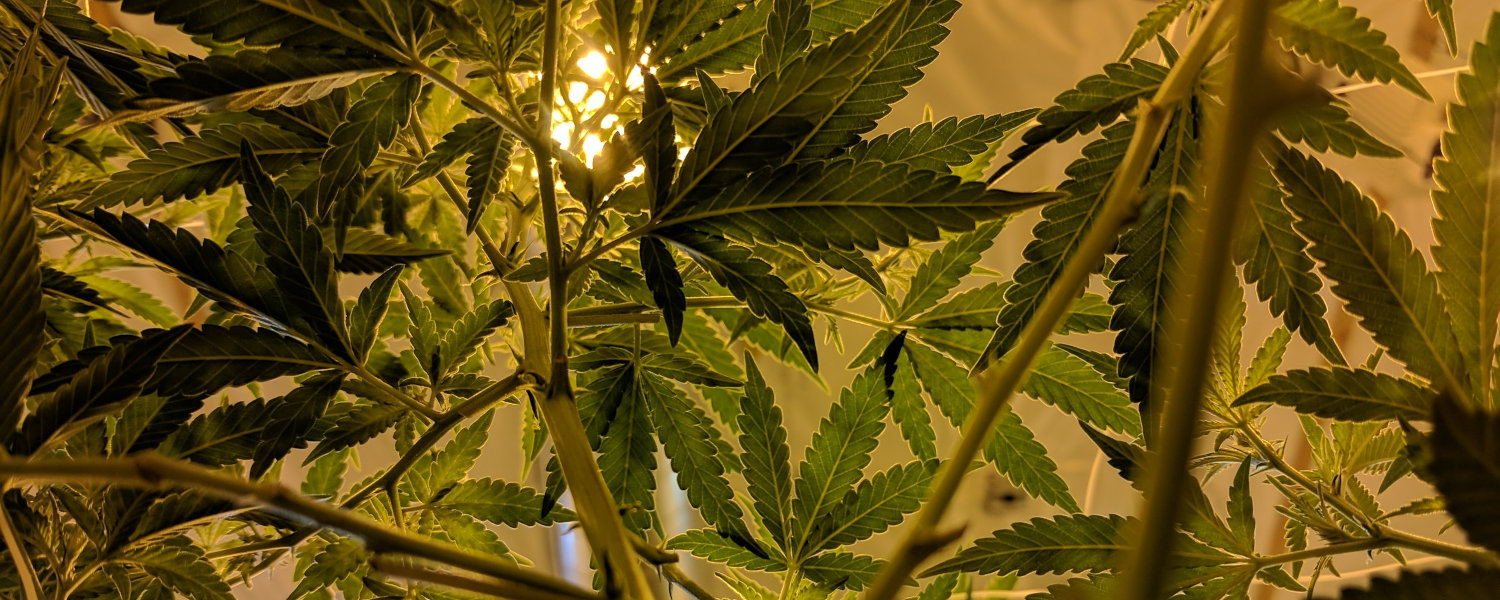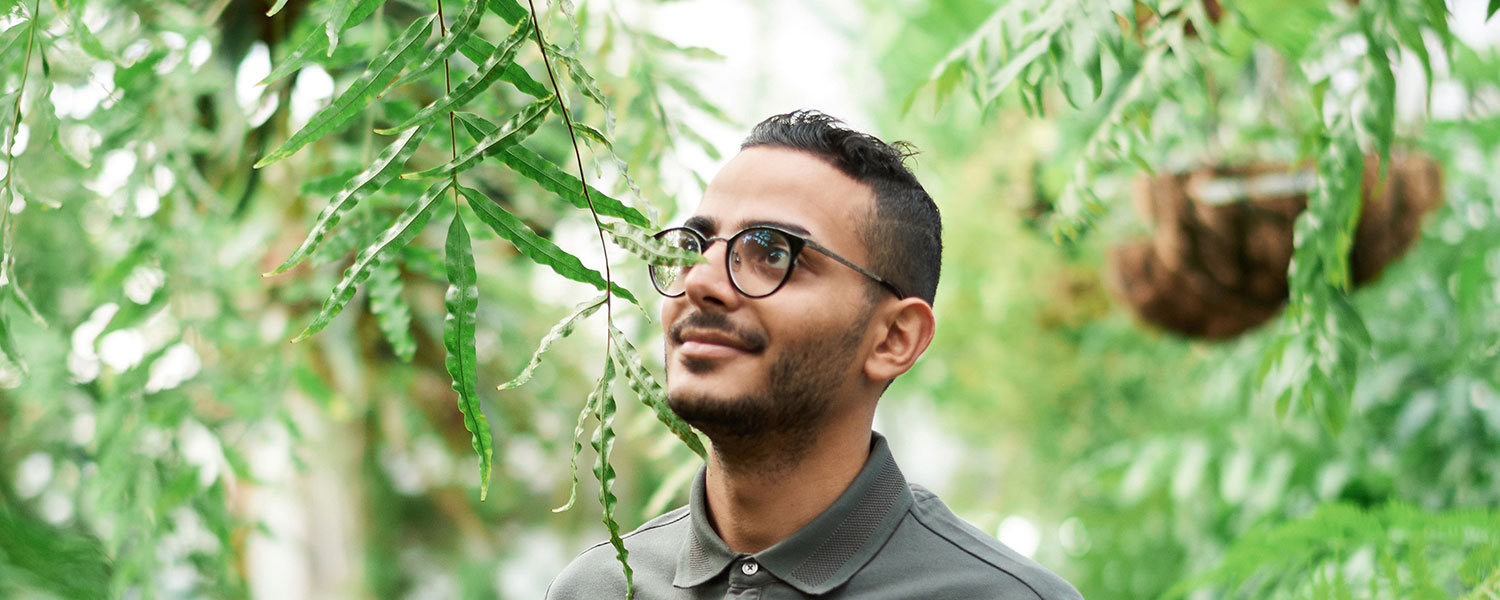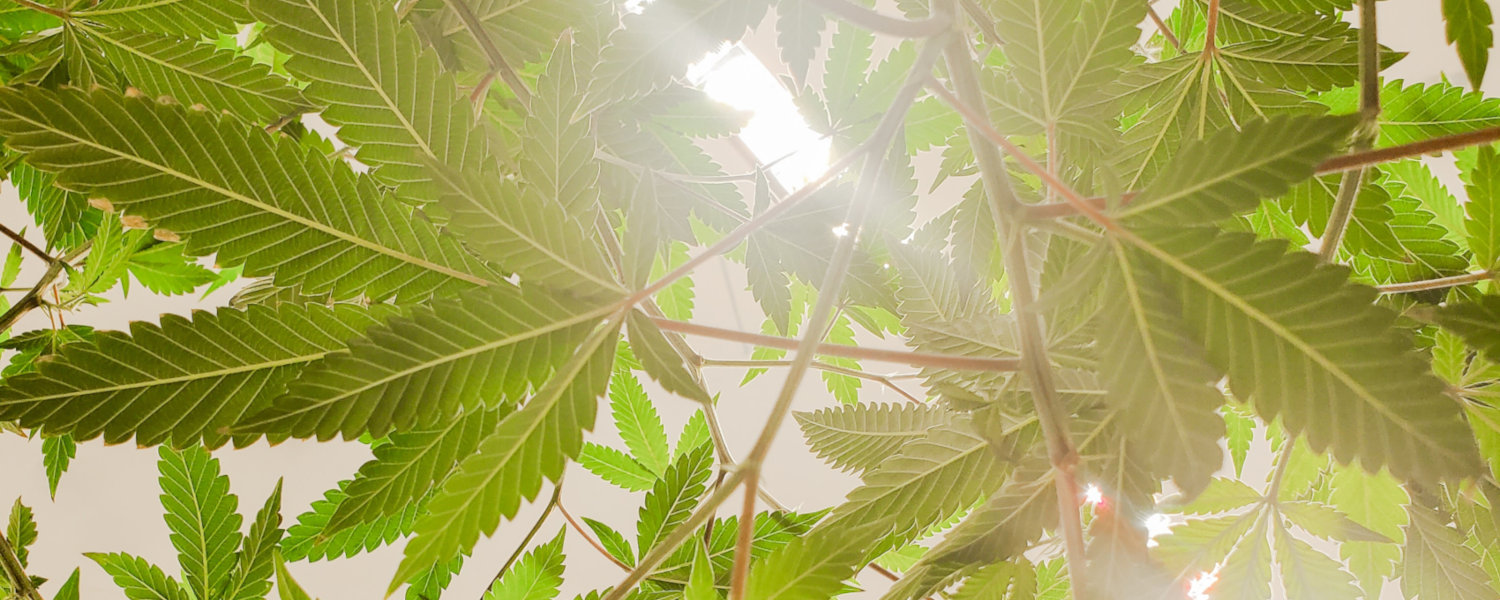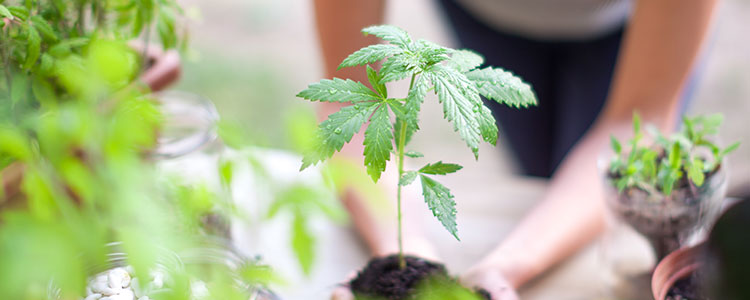If you’re new to growing cannabis, you may have heard the term “topping” thrown around in cultivation circles. Topping refers to the process of cutting off the top of a cannabis plant’s main stem, which helps to encourage lateral growth and increase yields.
While cutting off part of your plant may seem counterintuitive, topping can help your cannabis grow stronger and healthier in the long run.
Before you run off and start clipping your plants like Edward Scissorhands, there’s a technique to topping that helps promote optimal growth. There’s also a right and wrong time for topping to encourage growth and bud production.
What is Weed Topping?
Cannabis topping, also known as topping weed plants, is a pruning technique that involves cutting off the apical meristem, which is the growth tip at the very top of the main stem of a cannabis plant, during its vegetative stage of growth.
This strategic cut redirects the plant’s energy from vertical growth to lateral growth, stimulating the development of more branches and buds.
The rationale behind topping is to create a bushier plant with a more expansive canopy. This allows for more light penetration and better airflow, leading to increased photosynthesis and bud production.
And as the plant grows outwards instead of upwards, it develops more colas, the sites where buds form, resulting in a higher yield.
It’s important to note that topping differs from trimming, which typically involves removing leaves or branches blocking light or hindering growth.
Topping is a more aggressive technique that requires cutting off the apical meristem. Trimming, on the other hand, is more of a maintenance practice to manage the plant’s shape and overall health.
When done correctly and at the right time, topping can be a valuable technique for cannabis growers who want to optimize their yield and create a more robust plant.
However, you’ll need to top your plants carefully to avoid damaging or causing your plants stress. Improper topping (too early or too late, or using dull tools) can cause significant strain on your plants, reduce their growth, or even lead to their death.
How to Top a Marijuana Plant
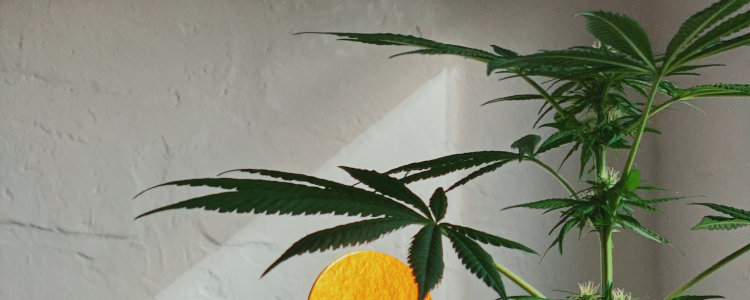
While topping weed plants may seem intimidating at first, it’s actually pretty easy to do. Not only that, it can be done with just a few simple tools.
In this section, we’ll walk you through the step-by-step process of topping a cannabis plant, including the tools you’ll need and tips for achieving the best results.
Here’s a step-by-step guide on how to top a cannabis plant:
Tools needed:
- Clean, sharp scissors or pruning shears (or you can use your hands)
- Rubbing alcohol or hydrogen peroxide (for sterilizing the scissors)
- Gloves (optional but recommended)
Step by Step Instructions for Weed Topping
1. Prepare your plant
Before you top, make sure your plant is healthy and has a few sets of leaves. Topping a plant that is already weak or stressed can cause further damage and slow down its growth.
We also highly recommend sterilizing your scissors or pruning shears with rubbing alcohol or hydrogen peroxide to prevent any potential infections of your plants.
2. Identify the stem to be topped
The next step in topping your plant is identifying the stem you want to cut. Look for the primary plant stem and pinpoint the fifth or sixth set of leaves from the top. This is where you will make your cut.
Be careful to avoid topping the plant too early, as it may not have enough growth to recover from the shock. By that same token, waiting too long to top can result in a taller plant that is harder to manage.
3. Make the cut
With your scissors or shears - or using your hands - cut or pluck the stem just above the fifth or sixth set of leaves. Doing so will remove the apical meristem, which handles the plant’s vertical growth. Different growers use different techniques for this step, and some plants will even automatically remove the apical meristem depending on their genetics.
By removing the apical meristem, you encourage the plant to grow laterally, resulting in more colas and a bushier, more manageable plant.
4. Observe your plant
After topping your plant, it may take a few days to recover from the shock. During this time, you may notice some drooping or wilting of the leaves. This is normal and should subside within a few days.
Monitor your plant’s growth, and watch for new branches to form. Depending on the strain and growing conditions, you may see new growth within a week or two.
5. Repeat the process
Based on the size of your plant and your desired shape and size, it may be necessary to top it multiple times throughout its growth cycle. However, wait until the plant has fully recovered from the previous topping before making any additional cuts.
It’s also worth noting that topping too many times can cause the plant to become too bushy, which could reduce yields.
When to Top Weed Plants
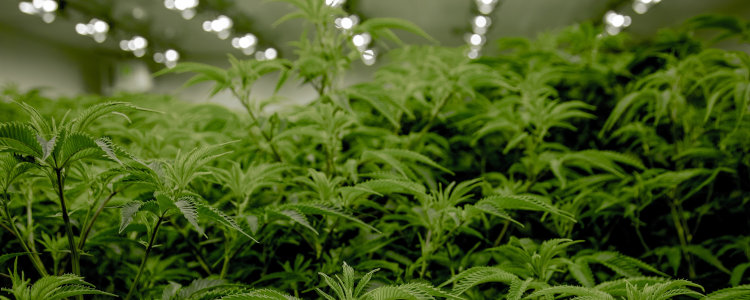
Understanding when to top cannabis plants will ensure optimal growth and yield.
The ideal time for topping is during the vegetative stage, which typically lasts 3 to 6 weeks after the seedling stage. At this stage, the plant is still growing and has not yet flowered.
Wait until the plant has developed a few sets of leaves before topping. This ensures the plant has enough energy and nutrients to recover from the cut and promote new growth.
Before this point, your cannabis plant may not be able to recover from the topping.
However, the timing can vary depending on whether you’re growing cannabis indoors or outdoors. For indoor growers, the timing can be more precise since you can control the lighting and environment. Growers can top the plant once it has grown to a certain height or has a certain number of nodes.
For outdoor growers, timing can be more dependent on the season and climate. Be sure you wait until the plant has fully recuperated from any stress, such as transplanting or extreme weather, before topping.
It’s also necessary to top before the plant flowers, as topping during the flowering stage will be counterproductive and result in reduced yields and a less healthy plant.
Useful Tips When Topping Weed Plants
While topping is a simple process, a few practical tips and pointers can help ensure the best results. Here are some things to keep in mind when topping weed plants.
- Don’t top too early: Wait until the plant has developed at least four to six sets of leaves before topping. This ensures the plant has enough energy and nutrients to recover from the cut.
- Sterilize your tools: Before making any cuts, sterilize your scissors or pruning shears with rubbing alcohol or hydrogen peroxide to prevent any potential infections.
- Be mindful of the location of the cut: Cut just above the fifth or sixth set of leaves. This will encourage lateral growth and prevent the plant from becoming too tall.
- Watch for signs of stress: After topping, the plant may experience some stress as it recovers. Monitor the plant for any signs of wilting, discoloration, or slow growth.
- Don’t top during flowering: Topping during the flowering stage can result in reduced yields during harvest and a less healthy plant. Always top before the plant flowers.
- Consider using a plant tie: After topping your plant, you may need to support the new growth with a plant tie. This will prevent the branches from breaking under the weight of the developing buds. You can use a soft plant tie or even a piece of string to gently support the new growth.
- Don’t top too much: While topping can be a great way to encourage lateral growth and bushiness, topping too frequently can actually harm the plant. If you’re unsure how much to top, start with just one cut and observe how the plant responds before making additional cuts.
- Consider other techniques: While topping is an effective technique for controlling the shape and size of your plants, there are other cultivation techniques you can try. These include LST (low-stress training) and super cropping, which can also help to promote lateral growth and increase yields.
Dos and Don’ts of Cannabis Topping
When topping, it’s imperative to be mindful of the risks and potential drawbacks of this technique. While topping can encourage lateral growth and increase yields, it can also stress the plant and potentially result in slower growth or reduced yields if not done correctly.
Do:
- Wait until the plant has developed at least four to six sets of leaves before topping.
- Sterilize your tools with rubbing alcohol or hydrogen peroxide.
- Cut just above the fifth or sixth set of leaves from the top.
- Watch for signs of stress after topping.
Don’t:
- Top too early, before the plant has developed enough leaves.
- Top during the flowering stage.
- Cut too low on the plant, which can cause stunted growth.
By following these tips and being mindful of the dos and don’ts, you can help ensure the best results when topping weed plants.
The information in this article and any included images or charts are for educational purposes only. This information is neither a substitute for, nor does it replace, professional legal advice or medical advice, diagnosis, or treatment. If you have any concerns or questions about laws, regulations, or your health, you should always consult with an attorney, physician or other licensed professional.

